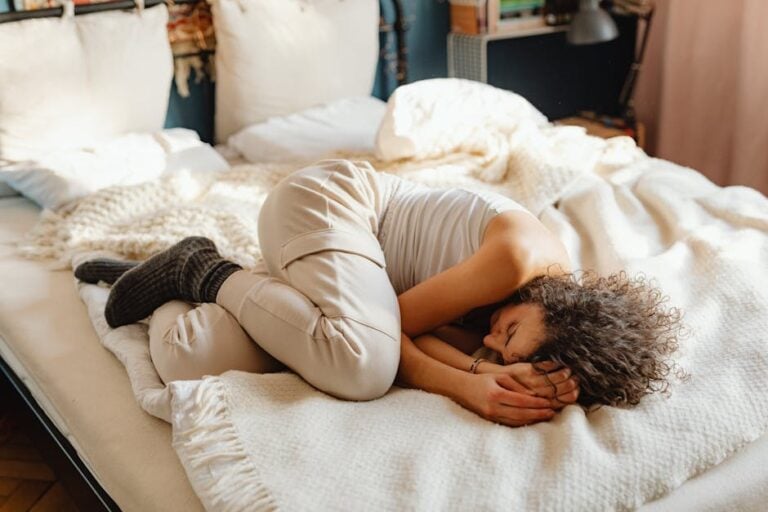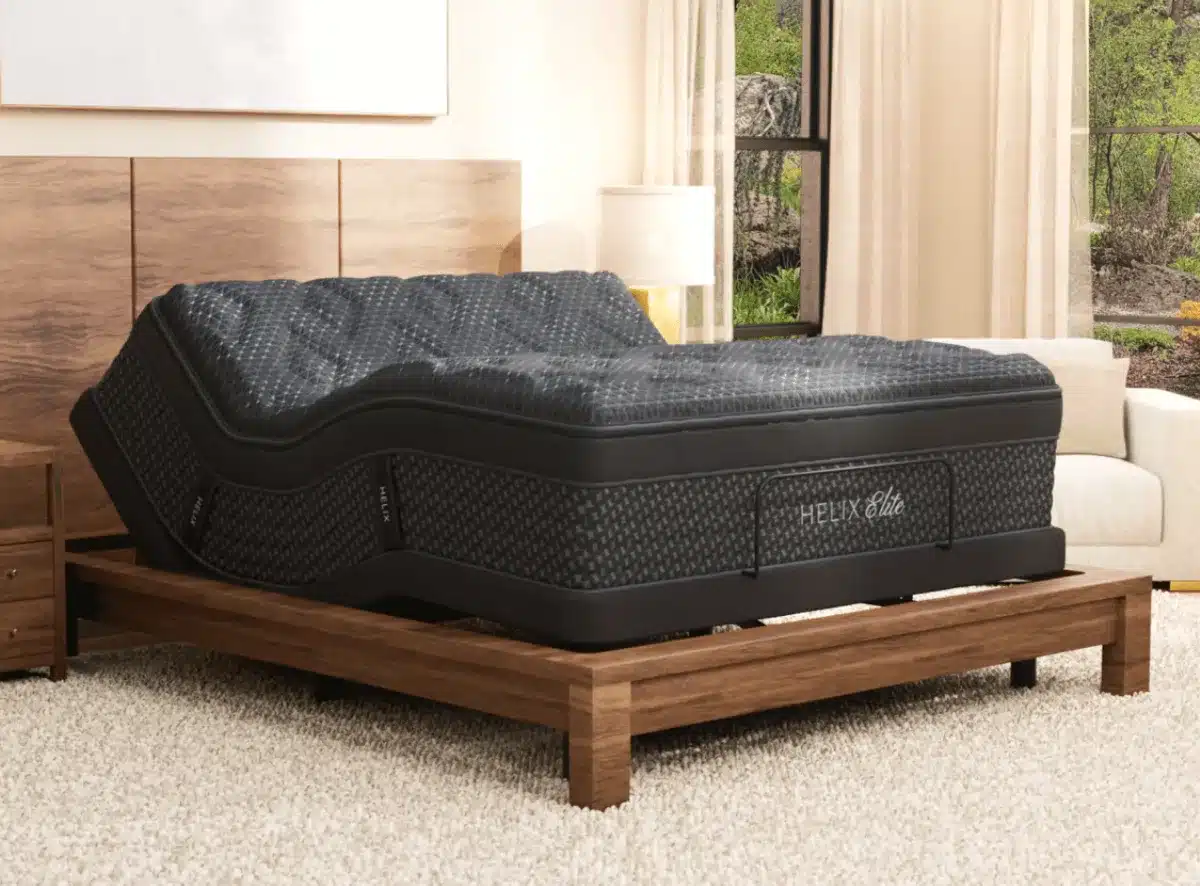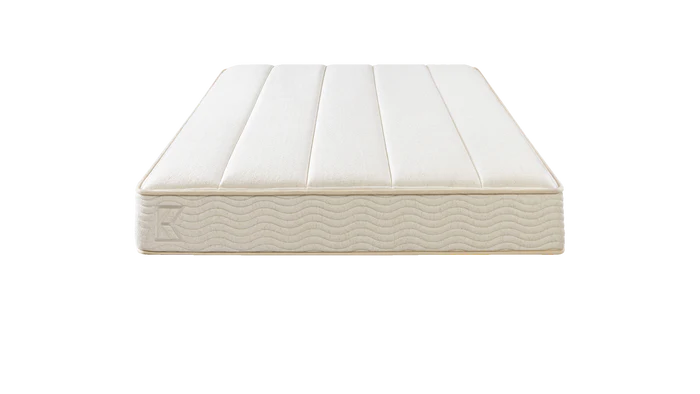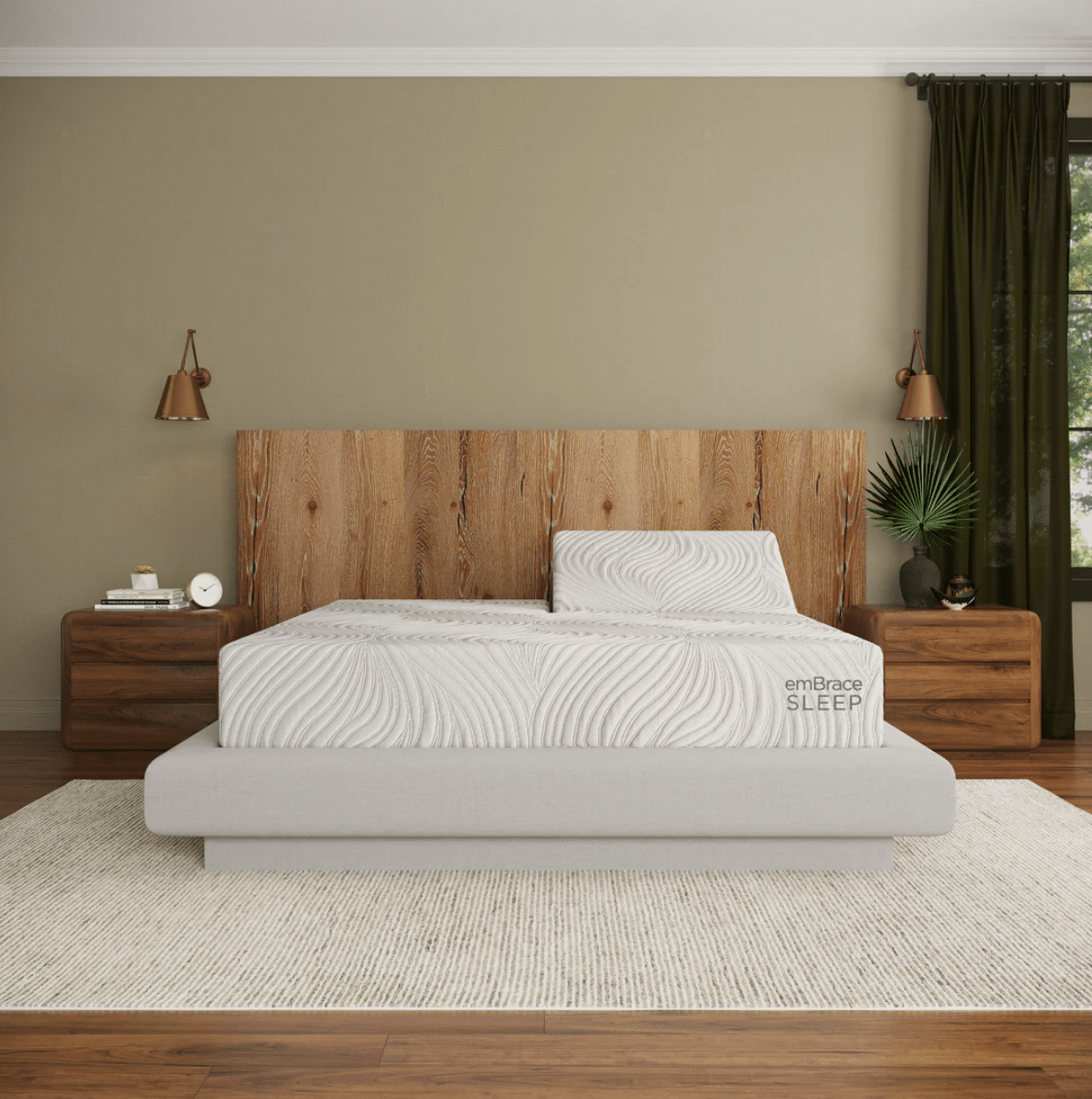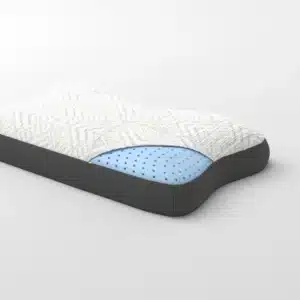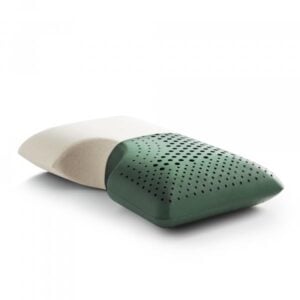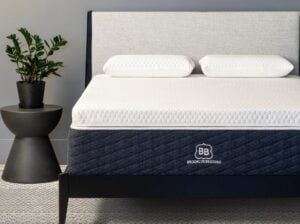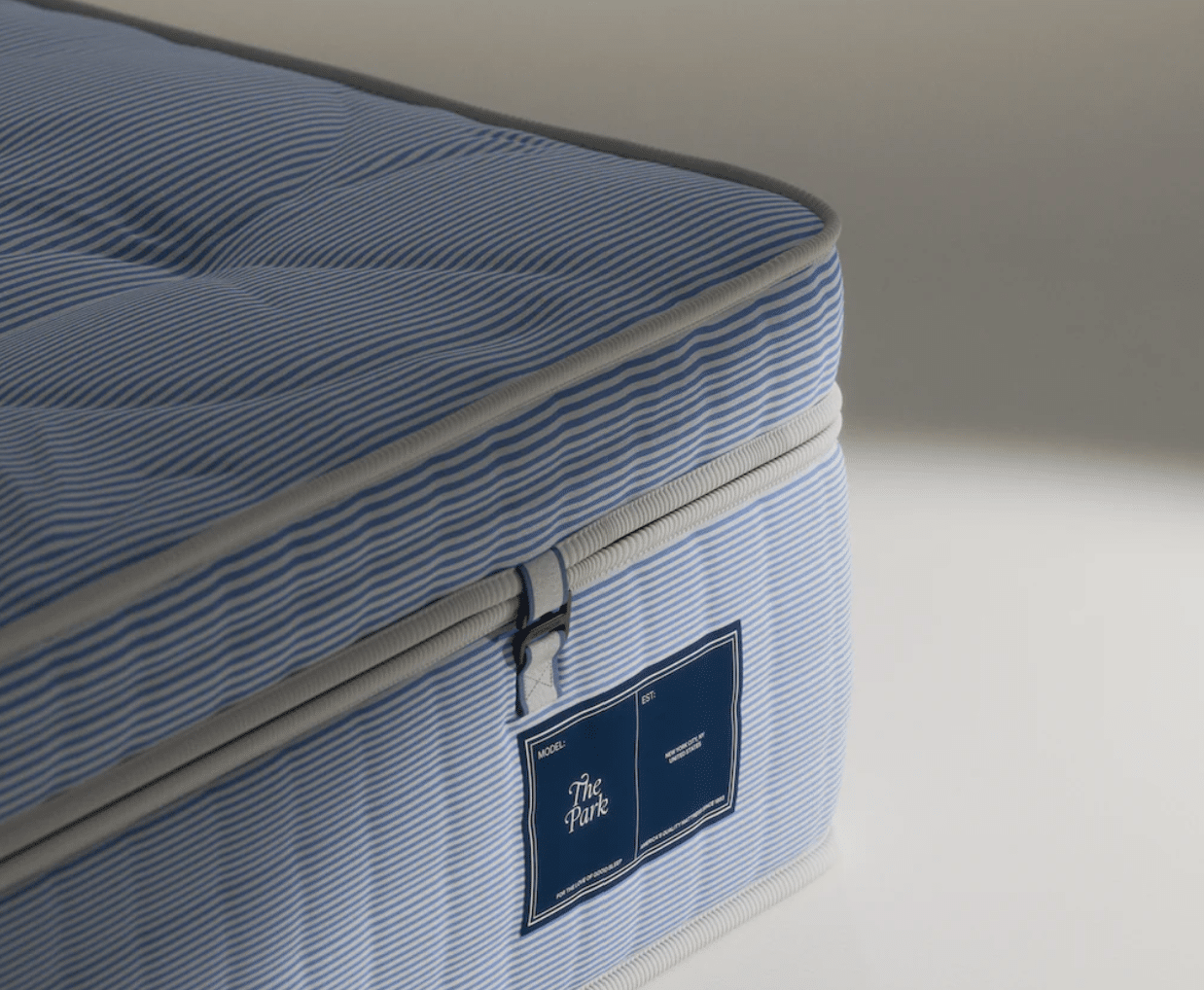Lower Back Pain? Try These Sleeping Positions for Relief
When battling lower back pain, the importance of quality sleep cannot be overstated. The right sleeping position is critical; it can transform your nights from restless to restful, making every morning a brighter start. Here, we delve into the best sleeping positions for lower back pain relief, providing you with practical, actionable tips for a pain-free slumber.
Understanding Lower Back Pain
Before diving into sleeping positions, it’s essential to comprehend the underlying causes of lower back pain. Common factors include:
Poor Posture
Habitual slouching, whether sitting or standing, can exert excessive pressure on your lower back, disrupting the natural alignment of your spine.
Tip: Consciously maintain good posture throughout the day by sitting up straight, with shoulders back, to alleviate strain.
Muscle Strain
Improper lifting of heavy objects or excessive physical activity can lead to muscle strain, causing chronic discomfort.
Tip: Always lift with your legs, avoiding sudden movements that can result in injury.
Herniated Discs
When the soft material inside a spinal disc pushes through its outer layer, it may compress nearby nerves, resulting in significant pain.
Tip: Consider sleeping on your back with a pillow under your knees to ease pressure on the affected disc and promote comfort.
Sedentary Lifestyle
Lack of physical activity can weaken the muscles supporting your back, making you more susceptible to injury and chronic pain.
Tip: Incorporate regular exercise into your routine, emphasizing core workouts to enhance back support and flexibility.
Best Sleeping Positions for Lower Back Pain Relief
Identifying the best sleeping position for lower back pain is instrumental in enhancing your sleep quality. Here are some effective positions to consider:
1. Sleeping on Your Back
The supine position, or sleeping on your back, is widely recommended for lower back pain relief. This position maintains a neutral spine, alleviating stress on your back muscles and discs.
Benefits:
– Promotes spine alignment
– Evenly distributes body weight
– Reduces strain on the lower back
Tips:
– Opt for a medium-firm mattress to provide optimal support.
– Use a pillow under your knees to maintain the natural curve of your lower back.
2. Sleeping on Your Side
Side sleeping can be greatly beneficial for alleviating lower back pain, especially when you use a pillow between your knees.
Benefits:
– Maintains proper spinal curvature
– Prevents misalignment
– Reduces lower back pressure
Tips:
– Select a pillow that fills the gap between your ear and shoulder.
– Insert a pillow between your knees to support hip alignment.
3. The Fetal Position
Curling up on your side with knees drawn towards your chest can relieve pressure on your spinal joints, particularly useful for those with herniated discs.
Benefits:
– Opens spinal joints
– Minimizes pressure on the lower back
– Offers pain relief
Tips:
– Gently curl up, avoiding excessive bending.
– Use a supportive pillow to keep your neck aligned.
4. Sleeping in a Reclined Position
Utilizing an adjustable bed or wedge pillow to sleep in a reclined position can significantly reduce spinal pressure.
Benefits:
– Supports natural spinal curvature
– Lowers pressure on the lower back
– May enhance sleep quality
Tips:
– Employ an adjustable bed or a well-positioned wedge pillow to elevate your upper body.
5. Avoid Stomach Sleeping
Stomach sleeping is usually detrimental for anyone with lower back pain, as it can lead to neck strain and exacerbate lower back discomfort.
Drawbacks:
– Places excessive pressure on the spine
– Causes neck misalignment
– Heightens discomfort
Tips:
– If you must sleep on your stomach, place a pillow under your pelvis for support.
– Use a thin head pillow to maintain neck alignment.
By adopting these sleeping positions, you can significantly enhance your sleep quality and minimize your lower back pain.
Additional Tips for Improving Sleep Comfort
Choosing the Right Mattress and Pillows
Investing in a suitable mattress and pillow is crucial for spinal support. A medium-firm mattress is ideal for maintaining spine alignment, preventing back pain, and promoting restful sleep.
– For back sleepers: A thin pillow helps align your head and neck.
– For side sleepers: A firmer, thicker pillow fills the gap between your ear and shoulder.
– For stomach sleepers: A very thin pillow or no pillow minimizes neck strain.
Utilizing Body Pillows for Extra Support
Consider using a body pillow to maintain proper alignment, especially if you’re a side sleeper. Placing a body pillow between your knees can reduce strain on your lower back.
Creating an Inviting Sleep Environment
Your sleep space plays a vital role in quality rest. Here are effective tips to enhance your sleep environment:
– Dark Room: Use blackout curtains to block light, signaling your body that it’s time to rest.
– Optimal Temperature: Keep your room cool (ideally between 60-67°F) for better sleep.
– White Noise Machine: Use one to drown out distracting sounds, promoting uninterrupted sleep.
Embracing a Healthier Lifestyle
Incorporating regular exercise, maintaining a healthy weight, and managing stress can enhance your overall well-being and reduce lower back pain.
– Exercise: Aim for at least 30 minutes of moderate activity daily. Activities such as walking, swimming, and yoga can strengthen your back and increase flexibility.
– Healthy Weight: Focus on a balanced diet rich in fruits, vegetables, and lean proteins to help manage weight, thus reducing strain on your back.
– Stress Management: Techniques like meditation and deep breathing can alleviate muscle tension that may exacerbate back pain.
Conclusion
Lower back pain can be a significant hurdle to restful sleep, but finding the best sleeping position for lower back pain can dramatically improve your nights. By maintaining proper spine alignment and establishing a supportive sleep environment, you can alleviate discomfort effectively.
Consider incorporating a medium-firm mattress and the right pillows into your routine while also engaging in regular exercise, practicing mindfulness, and managing stress. Together, these strategies create a holistic approach toward achieving pain-free, rejuvenating sleep.
For more in-depth solutions and a range of products designed to enhance your sleep experience, explore our collection. Take the first step towards restful, pain-free nights today.


